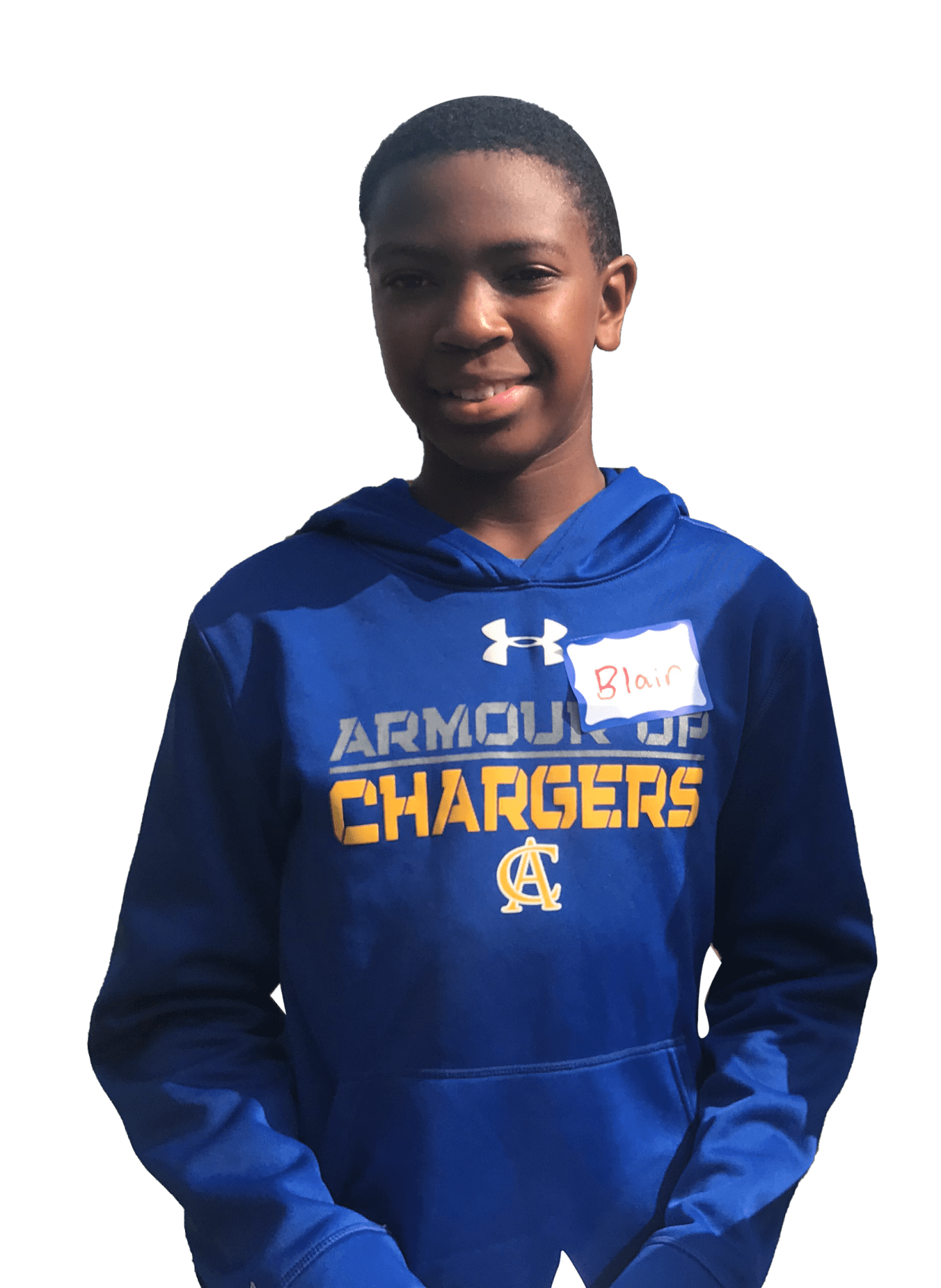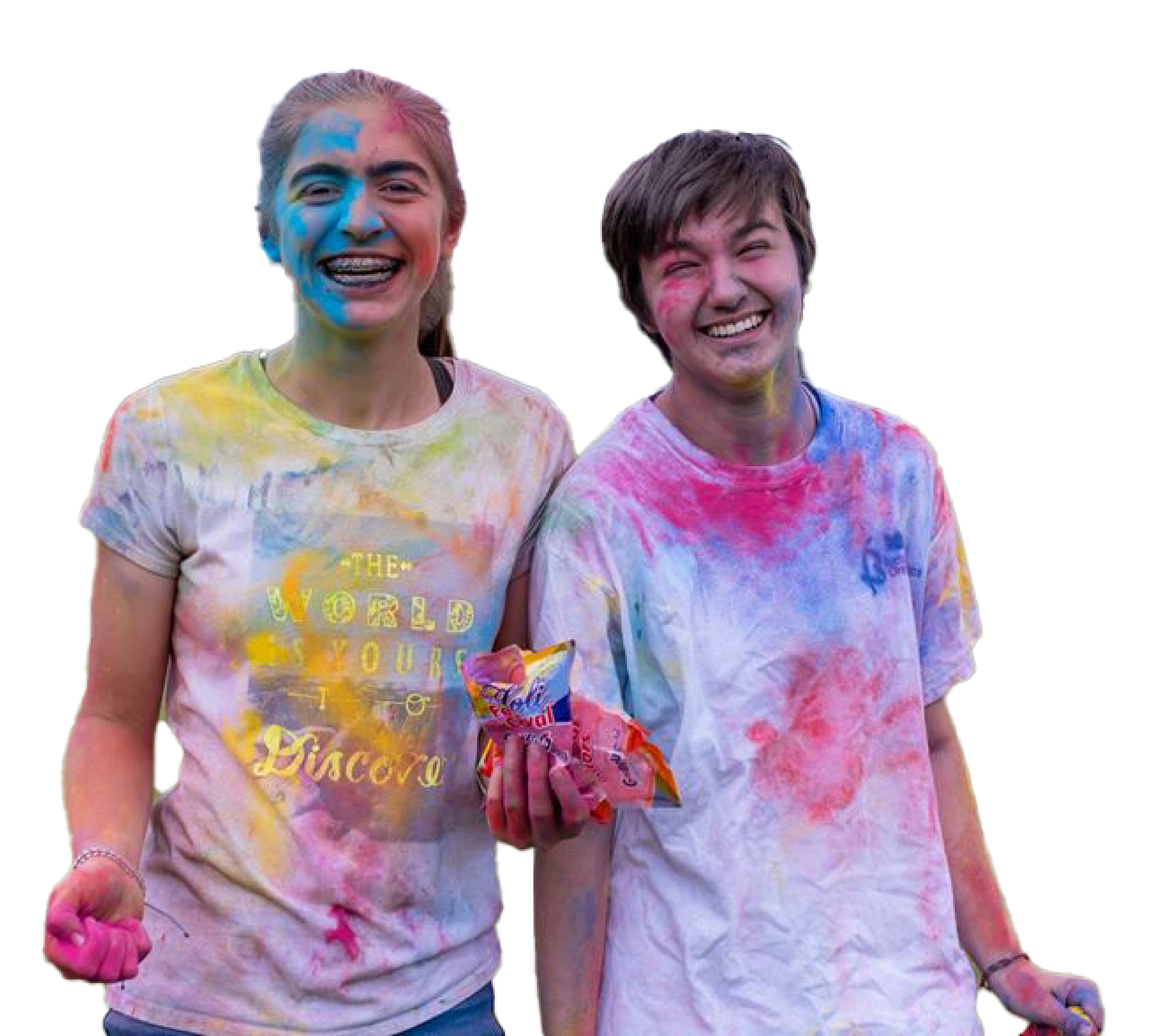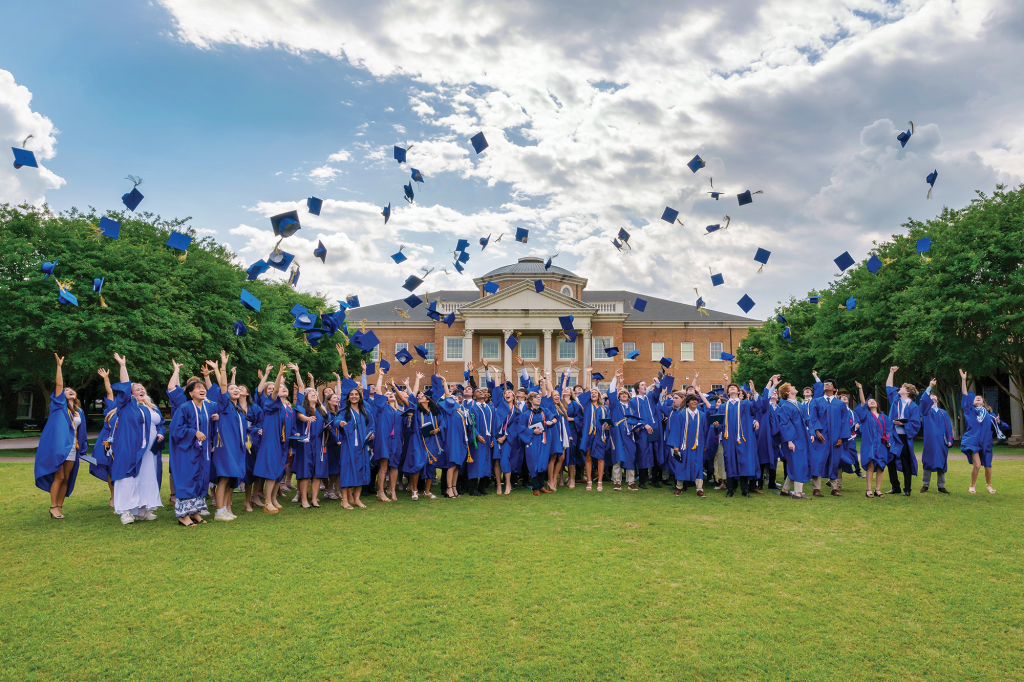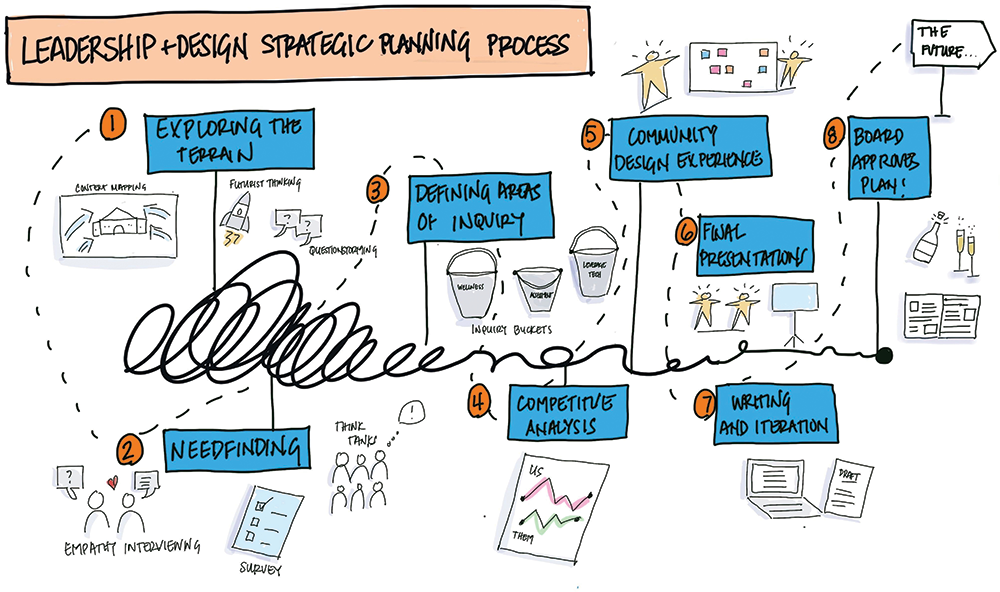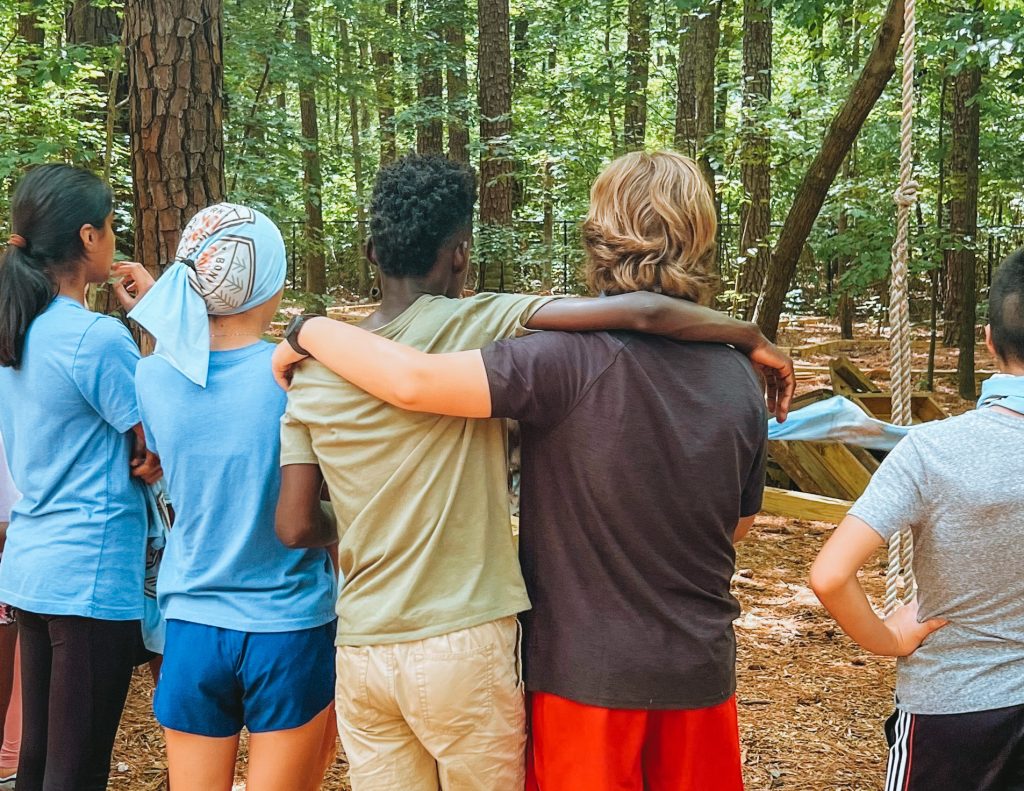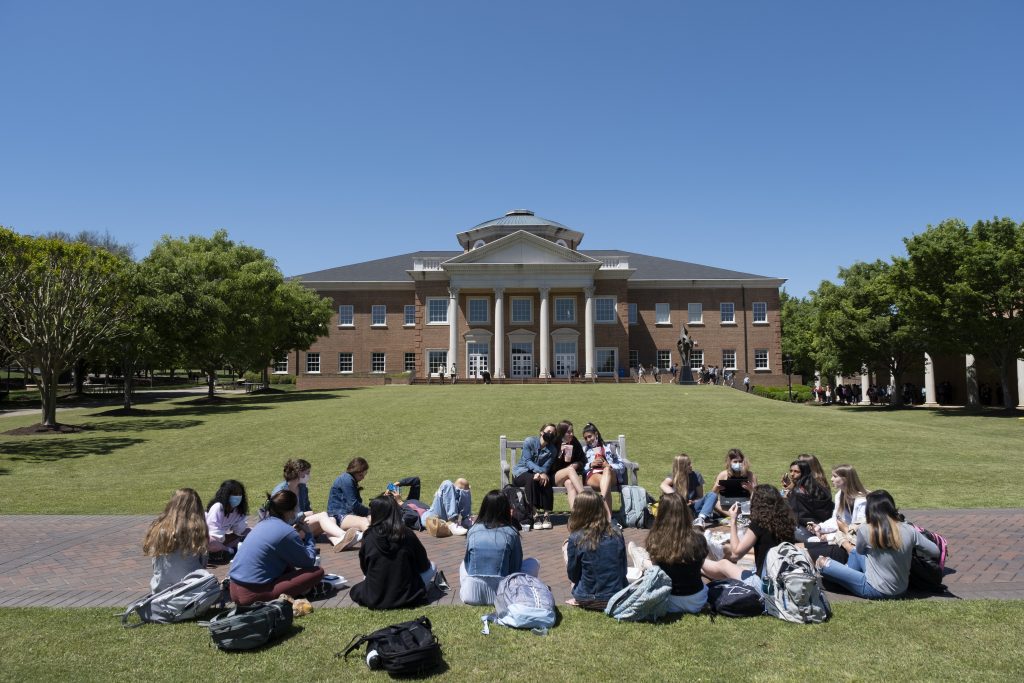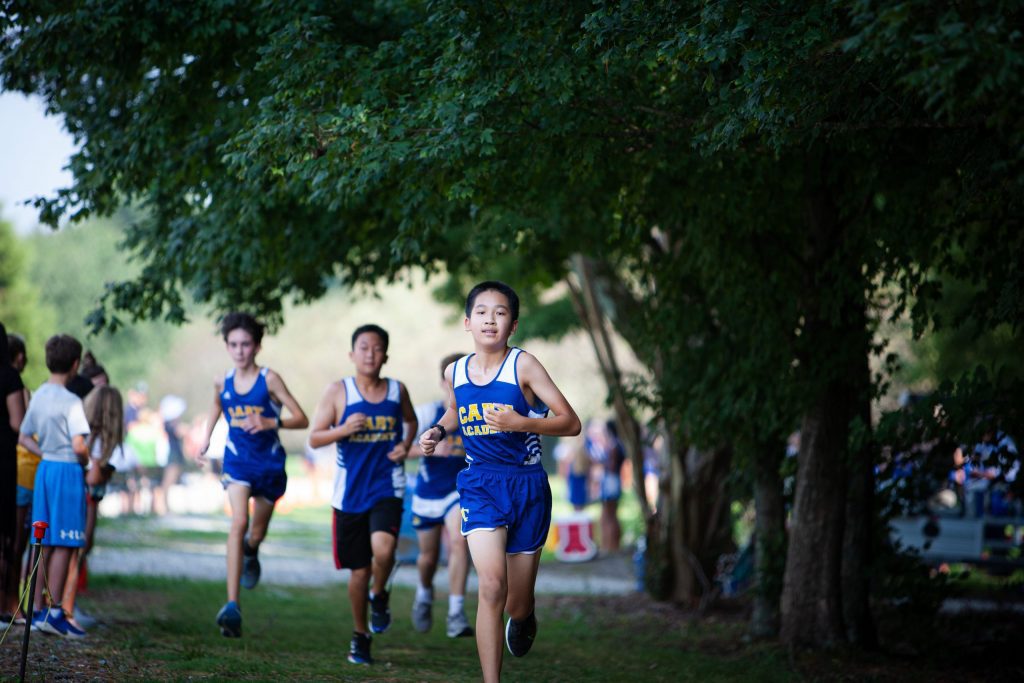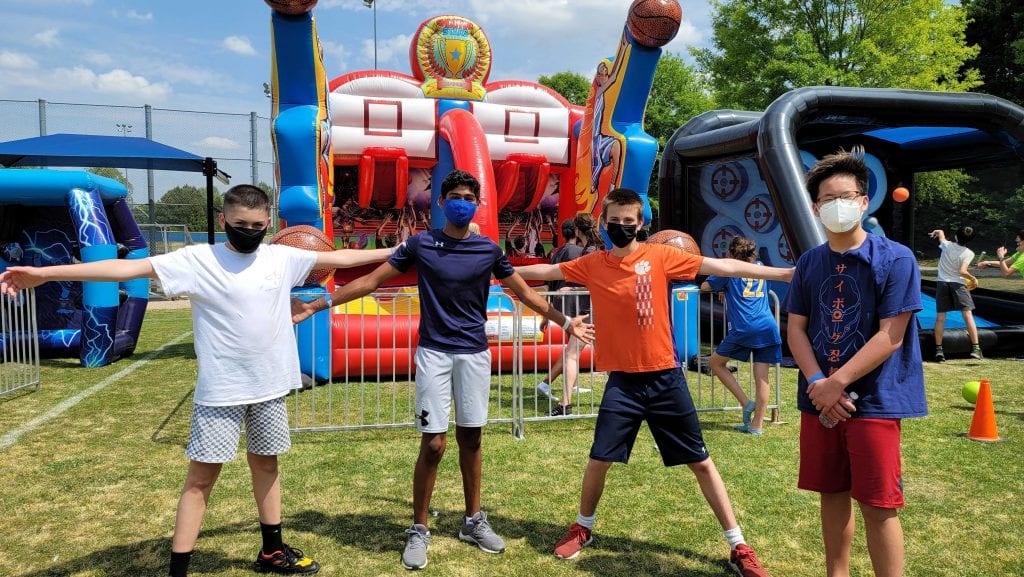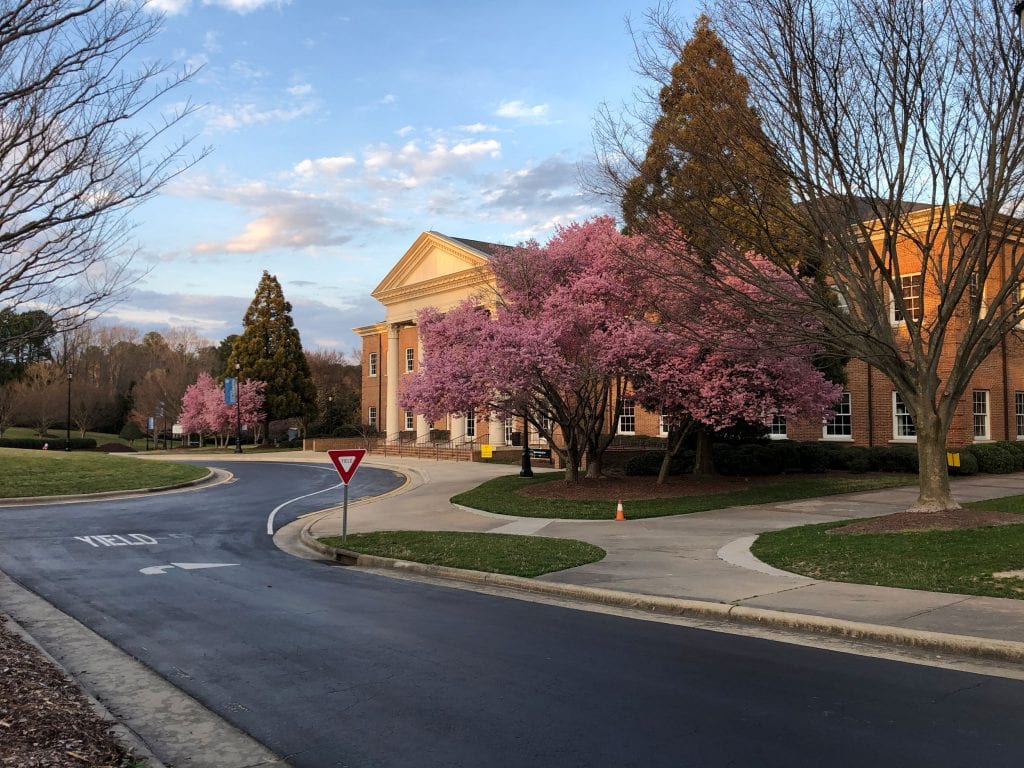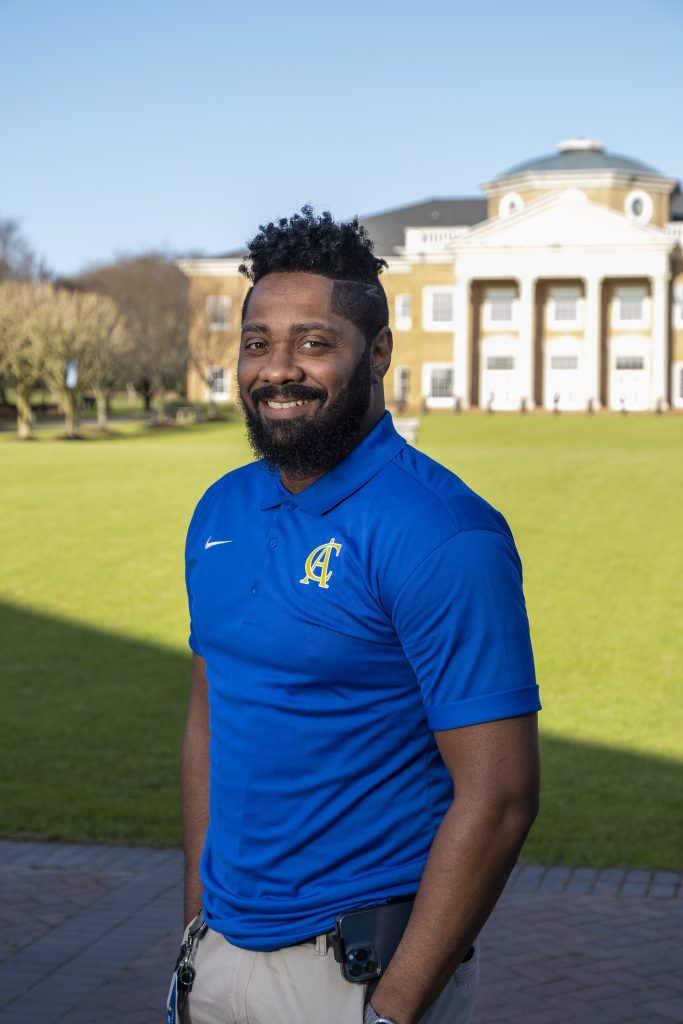Last fall, Cary Academy launched an ambitious, community-wide initiative to chart a bold strategic course for the next five years. The goal? To develop a plan rooted in our mission—discovery, innovation, collaboration, and excellence—while thoughtfully anticipating the evolving needs of students and the world they’re entering
The result: a human-centered vision that could only belong to Cary Academy.
“Our litmus test was simple,” explains Head of School Dr. Mike Ehrhardt. “Was the final plan exciting? Was it authentic? Could it belong anywhere else—or was it uniquely us? When our external partner told us he couldn’t imagine dropping this plan into any other school, we knew we had succeeded.”
A Compass, Not a Map
“What distinguished this process wasn’t just the outcome, but how we got there and the collaborative spirit that made it possible,” shares Board Chair Trude Bate. “This plan reflects our collective aspirations. It doesn’t prescribe every turn; it isn’t a fixed roadmap. Instead, it offers a compass to guide us—one anchored in who we are and responsive to where we need to go next.”
This wasn’t Cary Academy’s first foray into strategic planning, but it was perhaps our most collaborative and inclusive approach to date—and the first to engage an outside consultancy.
Conducted in partnership with external consultant Antonio Viva of Leadership + Design, the process—led by a 24-person Design Team, comprising faculty, staff, students, parents, and board members—unfolded in two distinct phases over the 2024-2025 academic year: need-finding and solution design.
Bringing in an outside partner was an intentional move that offered valuable perspective and accountability.
“It’s one of the things CA does well,” reflects Danielle Johnson-Webb, Director of Equity and Community Engagement and Co-chair of the Strategic Planning Committee. “We know when we’ve built something great—but we also know when it’s time to invite others in to take a critical look at what we’re doing.”
That outside lens encouraged fresh thinking, helping the committee look beyond familiar patterns, challenge assumptions, and open new avenues
for possibility.
“Design thinking is about putting humans at the center of the questions you’re asking,” explains Viva. “We start with empathy, with listening. We want to really understand the needs, challenges, and opportunities ahead before shifting into ideating and prototyping solutions.”
And listen they did—on a grand scale.
In Phase One, the team embarked on a comprehensive listening tour—conducting more than 100 one-on-one empathy interviews, hosting five community think tanks, and facilitating a full-day, all-community Design Day.
“It was a very thoughtful process,” reflects Dean of Faculty Martina Greene, who co-chaired the Steering Committee. “And more inclusive. We didn’t ask people to represent their constituent group—we invited them to engage their peers in a process that welcomed all voices.”
The think tanks—small, constituent-specific working groups—and Design Day—a dynamic, hands-on session involving over 150 students, faculty, staff, parents, and alumni—offered space for creative ideation, bold imagination, and shared values. Guided by prompts and provocations designed to encourage bold thinking, participants reflected, shared stories, surfaced insights, and helped identify the strategic inquiry areas that would anchor the work ahead.
Only after this foundational work did the team shift into developing possible solutions, meeting regularly in the latter half of the year to reflect, offer feedback, and iterate.
At every juncture in the process, parents, students, faculty, staff, board members, and administrators were deeply engaged. “It’s a powerful reflection of how much the Cary Academy community cares about the school’s future,” says Viva. “That level of engagement isn’t always a given in schools, but it was unmistakable at CA.”
“It was such an honor to be part of the strategic planning process—and such a powerful example of how deeply CA values every voice,” shares parent Jayne Musau, who served as the parent member of the Design Team. “Parents, students, employees, board members—we were all at the table, all learning from each other. It made me love this community even more.”
The meaningful involvement of students—from the five who served on the Design Team to the 60+ who participated in think tanks and Design Day—helped ensure the plan remained student-centric.
Student Voice at the Center
“What stood out to me most was how confidently our students stepped into leadership, engaging with parents, faculty, staff, and board members as equal partners in the process,” says Ehrhardt. “They weren’t just present; they were connecting ideas, bridging perspectives, and modeling the kind of thoughtful, inclusive leadership we strive to cultivate. That’s the CA way.” Johnson-Webb echoes that sentiment. “Our students weren’t afraid to make a mistake, to go back and ask more questions, or to stand up in front of a room full of highly educated people and explain why they think what they think. They didn’t just show up—they led. And brought courage, clarity, and an authenticity that elevated the whole process.”
For junior Daphne DiFrancesco, joining the Design Team wasn’t just about offering a student perspective; it was a transformative opportunity to help shape CA’s future. Serving on the Balance and Wellbeing inquiry group, she brought a personal lens to the work. “Balance is hard to come by in a high-achieving community like ours,” she reflects. “It meant a lot to see my experiences and perspective represented in the final plan and to know they might help future students find more support.”
A trained dialogue facilitator, DiFrancesco was no stranger to engaging diverse perspectives, a skill that she brought to her sessions. “It was all about embracing diverse ideas before narrowing down,” she says. “The hardest part was convergence, bringing so many ideas together into something actionable.”
Camille Monds, a sophomore who also served on the Design Team, emphasized the impact of the multigenerational, cross-constituency approach. “We all brought different experiences to the table. The adults in the room never made it feel like we were just there to check a box,” she shares. “We were expected to participate, to challenge ideas, and to help shape the outcome. Even when we disagreed, there was always respect—and a shared commitment to making CA better. It felt like real leadership.” Participating in the process, Monds says, gave her a clearer sense of agency. “I’ve learned to advocate for myself and others in ways I hadn’t before,” she explains. “That’s something I’ll carry with me far beyond CA.
Learning and Listening
From the outset, the team approached the work with genuine curiosity and a willingness to explore multiple potential outcomes. That mindset enabled the group to design a preferred future with greater flexibility and creativity.
The planning process included a good deal of “future casting”—discussions about what the world might look like in the next 10 years and how best to prepare students for that evolving landscape. But, as Ehrhardt points out, “It wasn’t a checklist. It wasn’t, ‘AI is trending, let’s create an AI program.’ Instead, it was: how do we prepare students to live thoughtfully and purposefully in a world with AI?”That’s why the new plan embraces direction without prescription. “We’re pointing toward what matters most, not locking ourselves into a rigid series of steps,” adds Ehrhardt.
That ethos will carry through to the implementation. Rather than relying on checkboxes, success will be gauged through stories of impact, real reflections of how the plan is lived by students, faculty, and the broader CA community. The plan’s compass-like design empowers CA to develop year-by-year roadmaps that are both responsive to change and grounded in long-term priorities.
There’s a kind of start-up energy that’s long been part of the CA DNA, a willingness to try new things, pilot programs, and iterate with intention. The structure of this plan builds on that spirit, offering flexibility to respond to real-time needs without losing sight of where we ultimately want to go.
“What gives me confidence in CA’s future is the kind of plan we’ve created, one that values and reflects diverse perspectives and is built to grow with us,” reflects Musau. “That willingness to continually listen, learn, and adjust, to find the best ways to meet the needs of our community and the world—that’s what sets CA apart.
Looking Ahead
“This is a plan that reflects who we are—and who we aspire to be,” says Bate. “It centers students, honors our employees, and invites everyone to play a part.”
With deep community buy-in, a willingness to innovate and take thoughtful risks, and a design process rooted in empathy and inclusion, CA’s new strategic plan is more than just
a document.
It’s a launchpad—rooted in who we are and designed for what comes next.

Written by Mandy Dailey, Director of Communications
